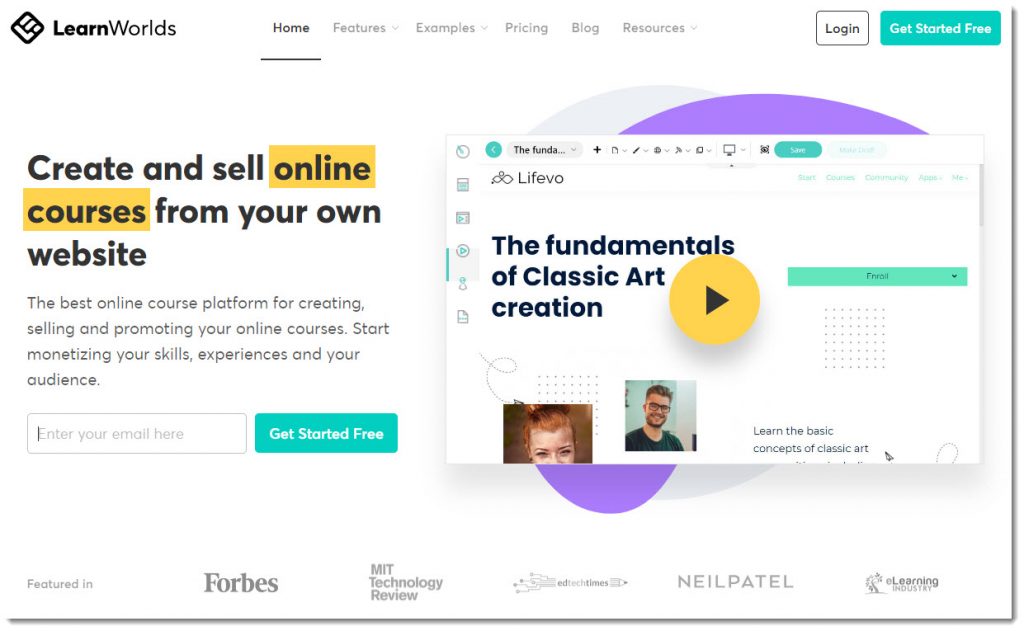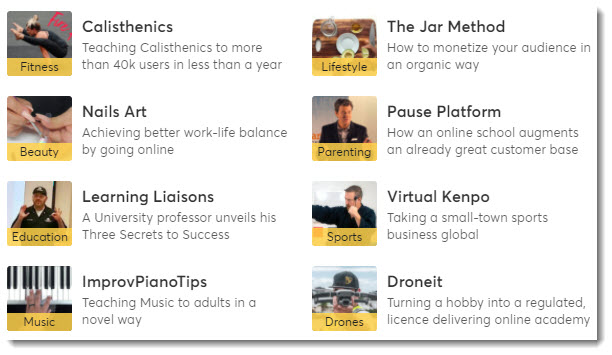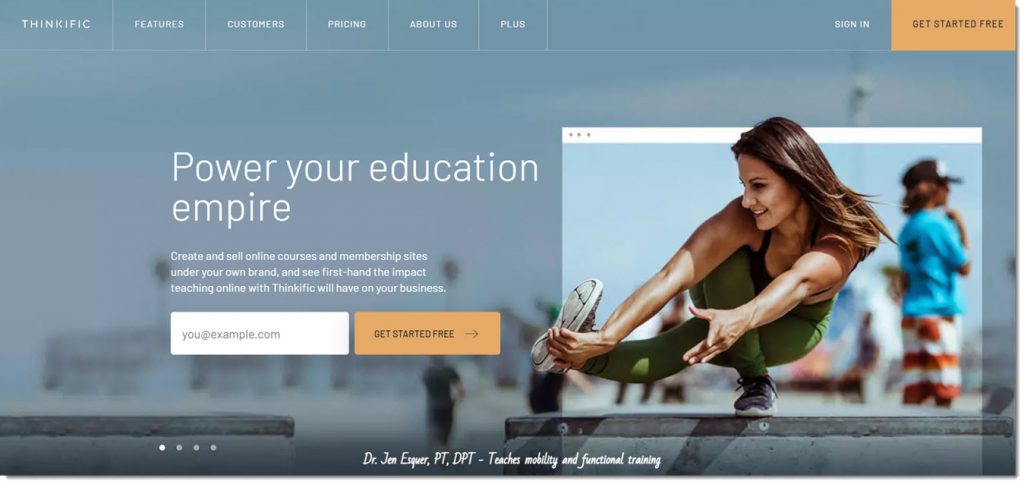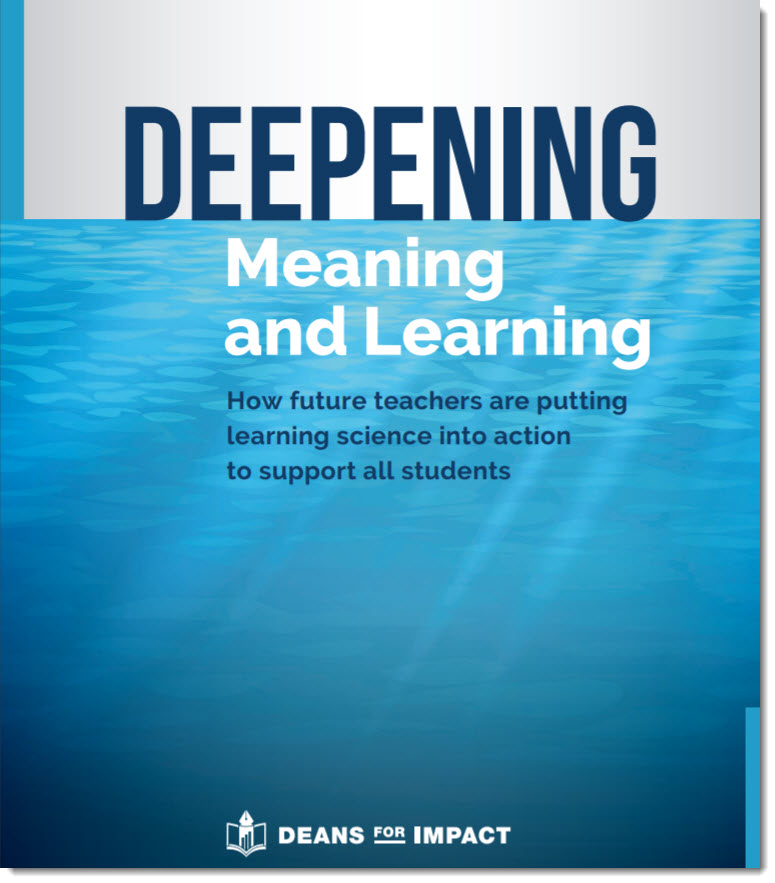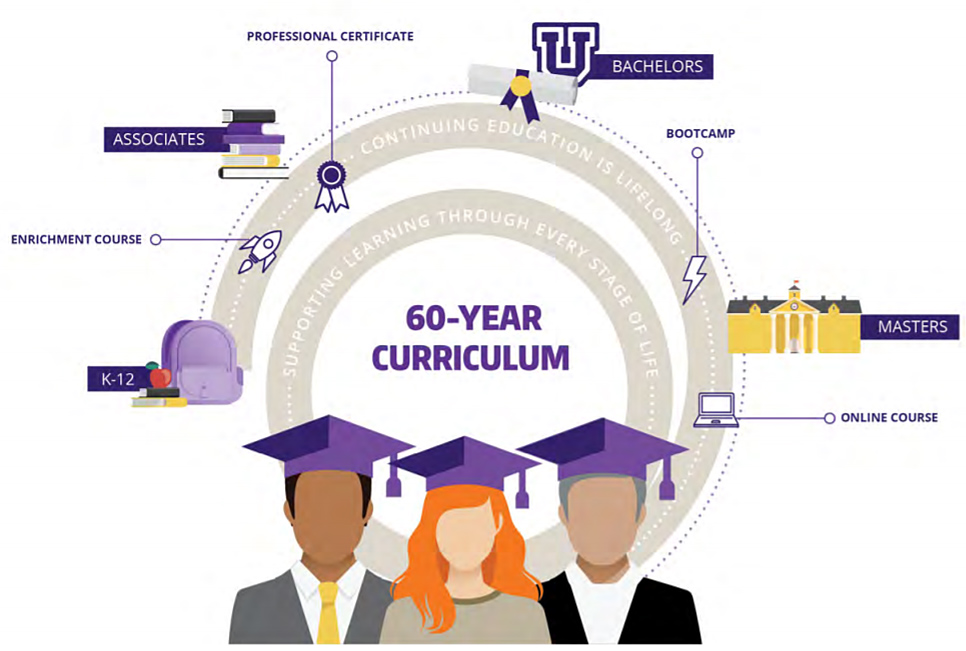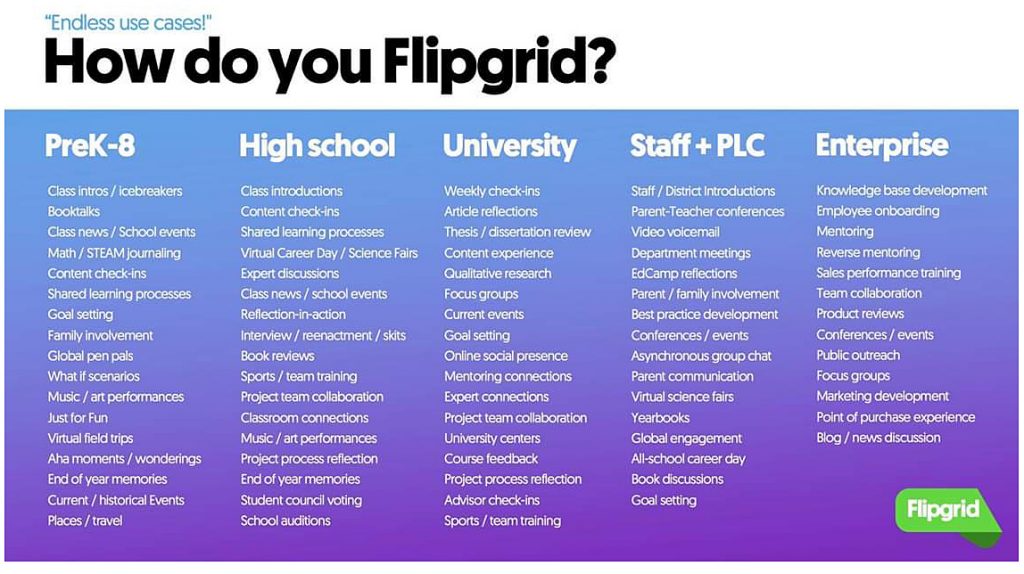Potential unfulfilled: COVID-19, the rapid adoption of online learning, and what could be unlocked this year — from christenseninstitute.org by Thomas Arnett
Excerpt:
The foundational tenets of conventional instruction hinge on uniformity and compliance. Schools and classrooms, by and large, need students to conform to a common set of requirements in order for cohort-based learning to work. Unfortunately, nearly all students struggle to one degree or another to fit conventional instruction’s norms.
For example, conventional instruction requires students to show up to school ready to learn at times dictated by the school schedule, but for some students, life gets in the way. Conventional instruction moves all students through content at a uniform pace, but not all students master content in the time allotted. And conventional instruction often obliges students to sit and work or sit and listen for large portions of the day, yet some students struggle to sit quietly for extended periods of time. Fortunately, online learning offers the ability to replace many of these systemic rigidities with greater adaptability to students’ needs.
From DSC:
The above excerpt brings the image (below) back to my mind. The image represents our educational systems’ ways of never stopping or slowing down for anyone. They leave the station at such and such a time and then they move at a very face pace for everyone. There’s no stopping them — regardless of whether a student has mastered the content or not.










